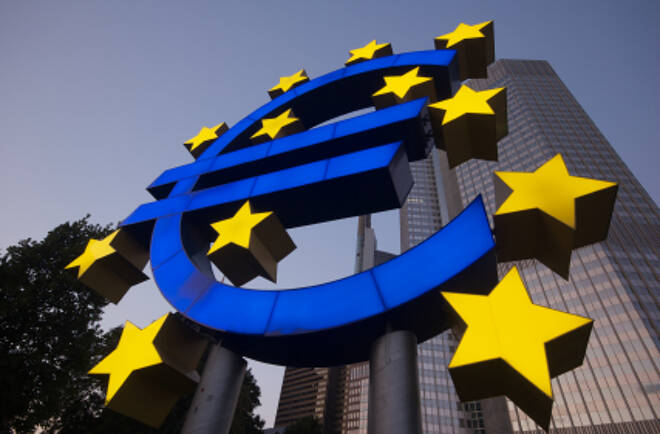Advertisement
Advertisement
EUR/USD Daily Technical Analysis for November 27, 2017
By:
Economies are still looking healthy, but political clouds continue to hang over Europe with Germany's political wrangling, adding to jitters over upcoming
Economies are still looking healthy, but political clouds continue to hang over Europe with Germany’s political wrangling, adding to jitters over upcoming elections in Spain, Italy, Hungary. However, it seems Brexit talks are finally on track to make a huge step forward with the U.K. reportedly offering further concessions to clear the path for the EU council to agree on early transition and trade talks at the December 14-15 summit. A long transition period and early clarity on what the future relationship between the U.K. and the EU will look like will be crucial for businesses to plan and investment to pick up.
Technicals
The EUR/USD Broke out as Brexit talks are likely to move forward, pushing the exchange rate higher and poised to test resistance near the September highs at 1.2092. Support on the currency pair is seen near the 10-day moving average at 1.1789. Positive momentum has accelerated as the RSI (relative strength index) surged higher breaking out and printing a reading of 69, which is on the upper end of the neutral range pointing to a higher exchange rate for the EUR/USD. Momentum has reflected by the MACD (moving average convergence divergence) is moving higher as the MACD histogram is printing in the black with an upward sloping trajectory which points to higher prices for the exchange rate.
German IFO Jumped
German Ifo reading jumps to 117.5, the highest since at least 20 years, and more importantly perhaps, led by a jump in the current conditions indicator to 111.0 from 109.1, which more than compensated for the slight dip in the forward looking expectations reading. Following on the heel of the much stronger than expected PMI readings the number will add to pressure on Draghi to defend his decision to extend QE again and not commit to an end date for QE.
ECB’s Coeure said that the deposit rate to stay at -0.4% for a long time.
ECB’s Coeure said that the deposit rate to stay at -0.4% for a long time. The comments from late yesterday tie in with the ECB’s guidance on the sequencing of exit steps, which stress that rate hikes will only come on the agenda well after the end of net asset purchases. These will end in September next year at the earliest, so rate hikes are unlikely to become an issue until 2019. Coeure also stressed that the Eurozone recovery is robust and homogeneous.
EU’s Juncker said “we’ll see” with regard to Brexit talks, saying that progress is being made and the December 4 meeting with PM May will decide whether sufficient progress has been made on divorcing terms. May, meanwhile, retorted to platitudes, saying that “we must step forward together, for both the UK and European Union to move on the next stage.”
German May Avoid Snap Elections
Germany may avoid snap elections as SPD stance softens. SPD head Schulz, who previously ruled out a renewed coalition with Merkel’s CDU/CSU has been softening his stance. After agreeing to informal talks led by President Steinmeier next week, he suggested that if the talks go well, SPD members could get the option to decide whether to renew the coalition that has been governing Germany over the past years, or go into opposition. Transferring the final decision to party members would offer Schulz a way out of his no-coalition corner without losing face and hopes that a snap election, which is unlikely to bring a decisively different result, can be avoided are rising.
Japan November manufacturing PMI rose
Japanese manufacturing activity expanded at the fastest pace in more than three years in November as output, new orders, and new export orders all accelerated. The Markit/Nikkei Japan Manufacturing flash Purchasing Managers Index rose to 53.8 in November on a seasonally adjusted basis from a final reading of 52.8 in October. The flash index for new export orders rose to 54.5 from a final 52.3 in the previous month to reach the highest since December 2013, helped by recent weakness in the yen. Input prices rose at a much faster pace than October, fueled by higher material prices and the cheaper yen, but the survey suggested manufacturers were only able to pass on a small portion of the hefty cost rises to their customers.
About the Author
David Beckerauthor
David Becker focuses his attention on various consulting and portfolio management activities at Fortuity LLC, where he currently provides oversight for a multimillion-dollar portfolio consisting of commodities, debt, equities, real estate, and more.
Advertisement
